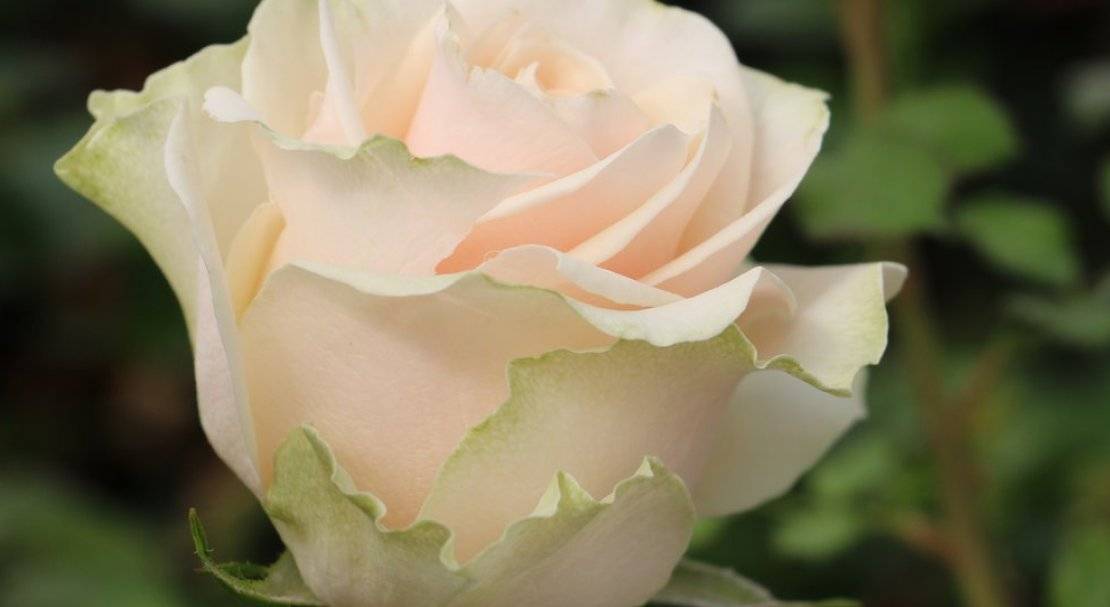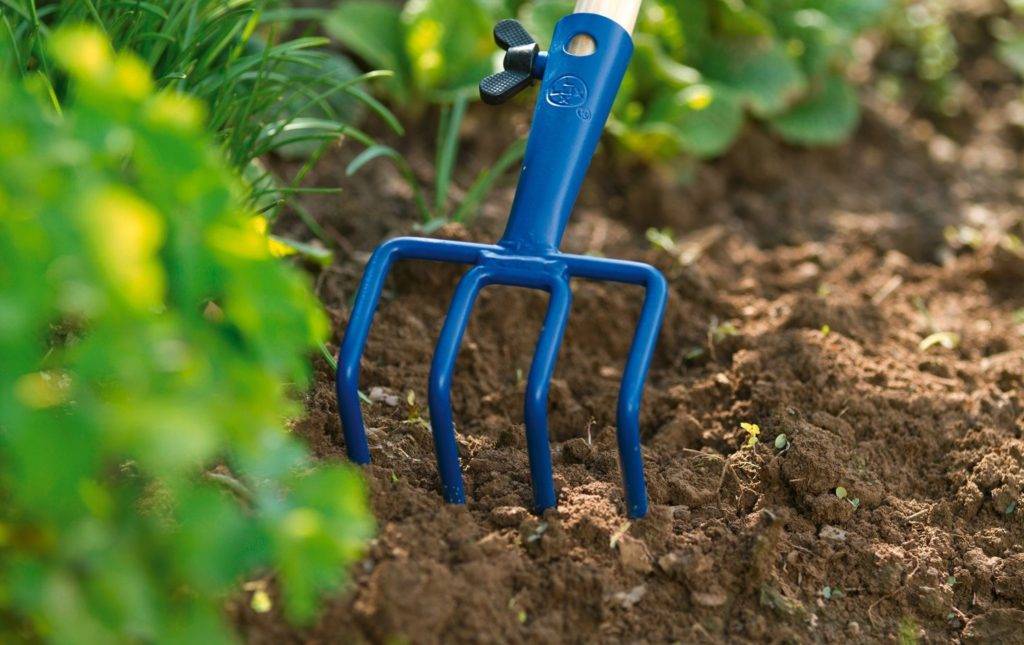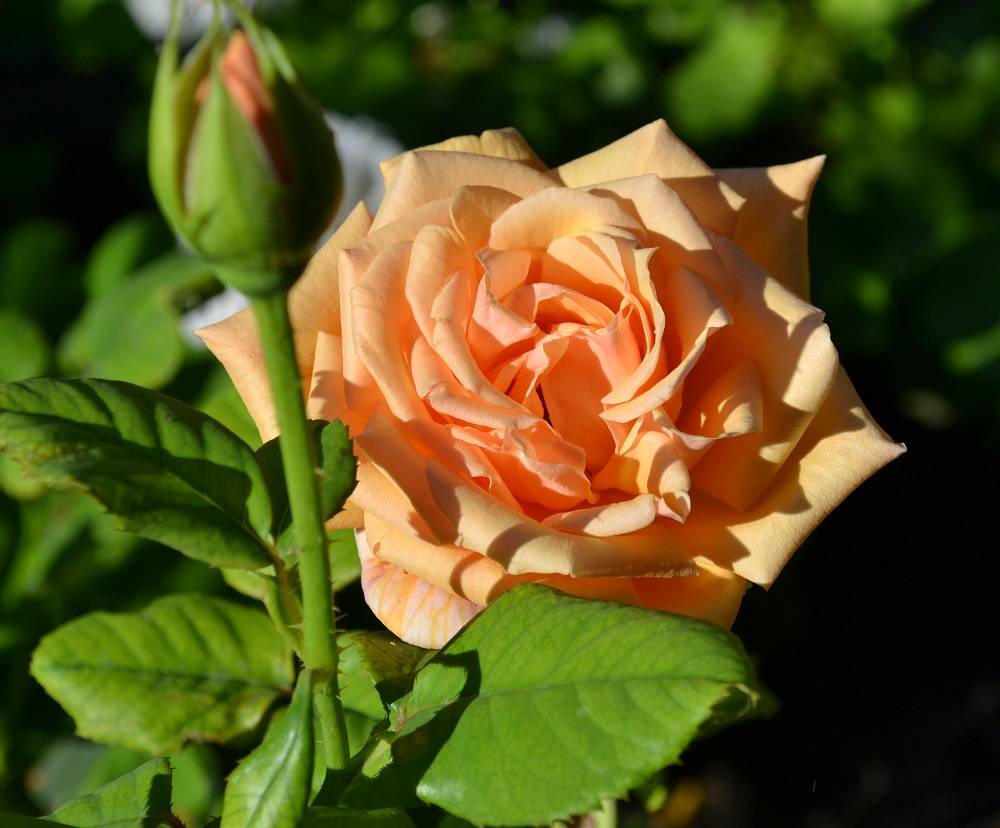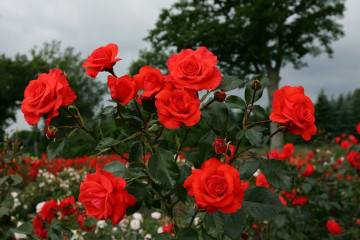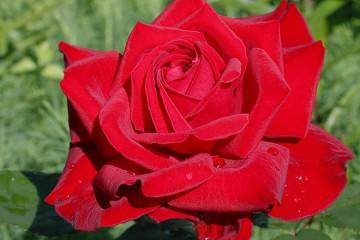Rose Talea (Talea) - features and characteristics of the flower
Content:
Rose Talea is the result of the painstaking work of Dutch breeders. The variety was conceived as a cutting variety, but gardeners fell in love with its unpretentiousness and elegance.
Rose Talea (Talea), or Talia: a short description, characteristics
Rose Talea belongs to the type of hybrid tea. Variety parameters:
- bush up to one meter high;
- foliage large glossy dark green;
- bud height 10 cm;
- terry flower consists of 40 petals;
- color cream, apricot, pale pink;
- the aroma is light, delicate.
Advantages and disadvantages of the variety
The Thalia rose variety is very popular; gardeners note the following advantages and disadvantages.
Pros:
- large flowers;
- stands in a vase for a long time;
- delicate color;
- cold resistance.
Minuses:
- does not tolerate direct sunlight;
- not resistant to diseases and pests;
- requires painstaking care.
Growing a flower: how to plant it in open ground
Rose is a culture of active agricultural technology that requires painstaking care.
It is recommended to plant a rose in open ground in mid-May, when the threat of frost has passed and the soil warms up enough.
Seat selection
Ideal location:
- protected from winds, drafts;
- there is loose fertile soil on it;
- with low groundwater table;
- well drained;
- where the direct rays of the sun appear only in the morning and evening.
How to prepare the soil and flower for planting
Taleya needs a nutritious, slightly acidic soil with a pH of 6-6.5. The addition of peat or manure will help to increase the acidity, and to reduce it - lime or ash.
Planting procedure step by step
To plant a rose correctly, you need to take the following steps:
- A planting hole is prepared with a size of 50 × 50 cm. The hole must be dug so that an earthen lump with roots fits freely in it.
- At the bottom of the hole, drainage is organized 10 cm thick (expanded clay, pebbles, shell rock).
- A layer of nutritious flower soil 20 cm thick is poured over the drainage.
- Transfer the seedling to the prepared hole, sprinkle the roots with earth.
- Pour abundantly with water at room temperature.
- Mulch with peat, bark, sawdust.
Plant care
This variety requires care with the following procedures.
Watering rules and humidity
In the heat, watered every 2-3 days. Loosening and mulching will help preserve moisture in the soil.
Top dressing
Roses are fed in several stages:
- in the spring, nitrogen is needed in the form of inorganic and organic fertilizers;
- in the summer they use complex fertilizers that support flowering. You can apply liquid fertilizers for foliar feeding;
- in the fall, after the end of flowering, phosphorus-potassium fertilizer must be applied.
Pruning and replanting
Pruning is carried out twice a season:
- anti-aging. Held in October. Cut off shoots 2-3 buds above the ground;
- sanitary pruning. In the spring, rotted, dried out branches growing inward are removed.
Features of wintering a flower
The variety is resistant to cold temperatures down to -22 ° C. After the autumn pruning, the bushes are covered with spruce branches.
Blooming rose
The main purpose of a rose on the site is to decorate it with your own flowers, and this is why it is planted.
A period of activity and rest
The flowering of the variety begins in June and usually lasts more than three months.
Care during and after flowering
In the summer, when the rose blooms, it needs a sufficient amount of moisture and nutrients. During this period, be sure to carry out:
- weeding and loosening;
- watering and mulching;
- top dressing;
- preventive treatment with pesticides.
What to do if it does not bloom
The main reasons why a rose does not bloom:
- the age of the bush. In the first year after planting, the rose does not bloom, or the plant requires rejuvenation;
- wrong landing site;
- excessive trimming or lack thereof;
- root shoots. It needs to be removed, the rose is wasting energy;
- diseases, pests;
- an overfed rose will heal and will not bloom. With a lack of nutrition, the plant does not have the strength to bloom.
Flower propagation
Reproduction methods are shown in the table.
| Way | When is it produced | Description |
| Semi-lignified green cuttings | summer |
|
| Lignified cuttings | Spring | |
| Dividing the bush | before bud break |
|
Diseases, pests and ways to control them
The variety is not resistant to diseases and pests. The best strategy is to use preventive pesticide treatments several times per season.
Rose Thalia will decorate any flower arrangement. Despite the difficulties in care, this flower is often found in gardens. The wide color range of petals attracts professionals and amateurs.
